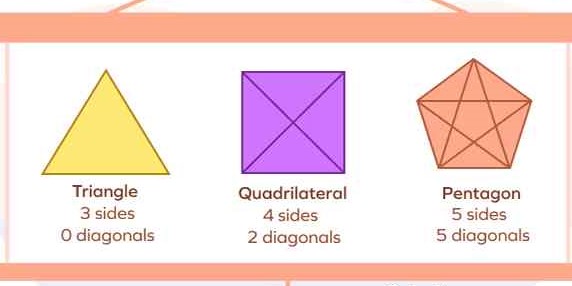What Are The Crucial Things to Consider In Harvester Ants?
Harvester ants, recognized for their industrious attitude and distinct habits, play an important part in many ecosystems. These ants are particularly well-known for their ability to collect and store seeds, which has important ramifications for the ecosystem and even human activities. Whether you’re buying harvester ants, researching these intriguing insects, dealing with an infestation, or simply interested in their activities, there are a few important factors to consider.
Understanding Their Habitat
Harvester ants are primarily found in arid and semi-arid environments, including deserts and grasslands. They construct extensive underground nests, which can be identified by large mounds of excavated soil at the entrance.
These nests can reach several meters deep and house thousands of ants. Understanding their habitat is crucial for managing their populations and mitigating their impact on human activities, particularly in agricultural settings where they might interfere with crop production.
Foraging and Seed Collection
One of the most distinctive behaviors of harvester ants is their foraging and seed collection activities. They gather seeds and other plant material, which they store in their nests to provide a steady food supply for the colony.
This behavior not only affects the availability of seeds for other organisms but also influences plant distribution and regeneration in their habitats. By dispersing seeds, harvester ants contribute to the ecological balance and biodiversity of their environments. Recognizing their role in seed dispersion can help in ecological studies and conservation efforts.
Colony Structure and Social Organization
Harvester ant colonies are highly organized social structures. At the heart of the colony is the queen, whose primary role is to reproduce and sustain the population. Worker ants are responsible for foraging, nest maintenance, and defense, while male ants primarily serve the purpose of mating.
Understanding the social hierarchy and roles within the colony is essential for managing harvester ants, particularly when attempting to control infestations. Targeting specific roles within the colony, such as disrupting the queen’s reproductive cycle, can be an effective management strategy.
Interaction with the Ecosystem
Harvester ants have a profound impact on their ecosystems. They aerate the soil through their nesting activities, which can enhance soil health and promote plant growth. However, they can also be considered pests when their foraging disrupts agricultural practices or when they invade human dwellings. Balancing their ecological benefits with their potential to cause harm is a key consideration for environmental management. Measures to protect beneficial aspects of harvester ants while mitigating their negative impacts can lead to more sustainable coexistence.







